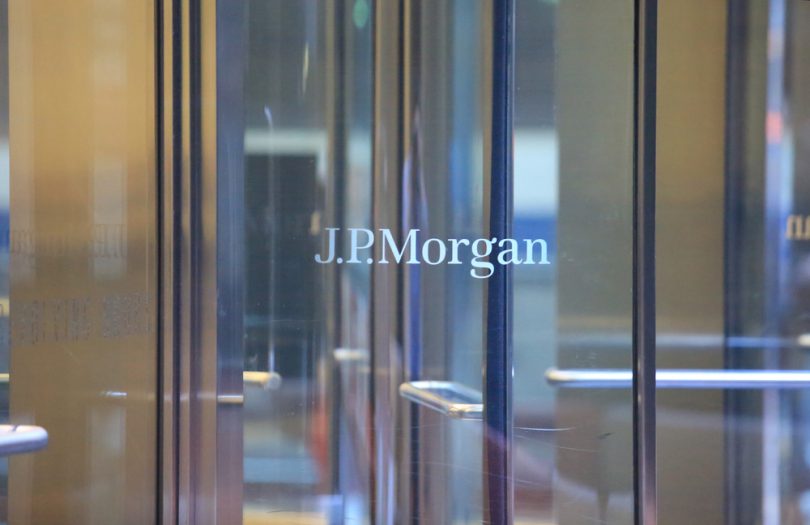At Sibos in Sydney, Emma Loftus, JP Morgan’s Head of Global Payments, talked about JP Morgan’s Interbank Information Network (IIN). The new blockchain platform uses the conventional correspondent banking system. So far 100 banks have indicated that they want to join the network, up from 75 just a few weeks ago (list of banks included).
No bank will have a relationship or account with every other bank in the world. Hence banks often have to route payments through go-between or correspondent banks. Blockchain innovations for bank-to-bank payments tend to fall into two groups. One set works with correspondent banks, the other tries to avoid them.
For example, VISA is close to launching B2B Connect which uses the VISA network to route payments instead of correspondent banking. Ripple has two solutions, one which uses the corresponding bank system and another which avoids it (XRapid).
Projects such as JP Morgan’s are trying to address the historical inefficiencies in the SWIFT system with its 11,000 banks. Before SWIFT gpi, once a payment was sent, a bank didn’t get much feedback. If there were inquiries or problems, then banks had to call each other, including any in-between correspondent banks. It appears that gpi doesn’t yet offer as much functionality as JP Morgan is looking for.
Pain points
“What we were looking at with cross-border payments were areas of friction where we could apply blockchain technology to help expedite and eliminate that friction in payments,” Loftus told Sibos TV. “We launched IIN as a pilot in 2017, focused on compliance inquiries.” That’s because compliance inquiries and filtering transactions to be able to comply with regulatory obligations such as anti-money laundering (AML) can take 2-16 days.
“It’s a secure blockchain network where we exchange data associated with compliance inquiries through the blockchain network, sequentially in a secure manner.”
Discussing the benefits for corporate clients, Loftus said: “What we were trying to prove is ‘does it speed things up?’. You would think if the technology actually works that would be a better experience for everyone. And we’ve proven it.”
The compliance inquiries typically look for three pieces of information: name, date of birth and address. Transactions get filtered against AML blacklists. The problem arises when a payment is mistakenly flagged as a false positive, which requires additional checking. Linking all the parties via a blockchain avoids the back and forth of parties needing to contact each other because the data is on the blockchain. So instead of days to resolve an issue, it takes a matter of minutes.
Loftus views this as a great example of how banks can innovate. “It’s an opportunity to apply new technology and new thinking to business problems that banks understand very very well. We have the expertise. We understand how to apply the technology.”
“The way correspondent banking and payments has evolved over the years has really been the result of the existing technology capabilities that were available. Blockchain for us is very exciting because the old sequential way of exchanging information from party to party and bank to bank has now connected all of those parties.”
The future
Other use cases under consideration include using blockchain for payments fraud to verify whether a transaction is valid or not. Additionally, they could use the network for finding the optimal route to the destination bank regarding speed and cost.
“Payments for us is core business. So what we’re doing in applying innovation to payments at the firm is protecting that core competence and actually leveraging that and transforming that ourselves,” concluded Loftus. “So you can expect more particularly in the payment space.”
And likely a lot more. On Friday the bank announced that it’s building a 1,000 person office in Silicon Valley which initially will house recent acquisition WePay.






